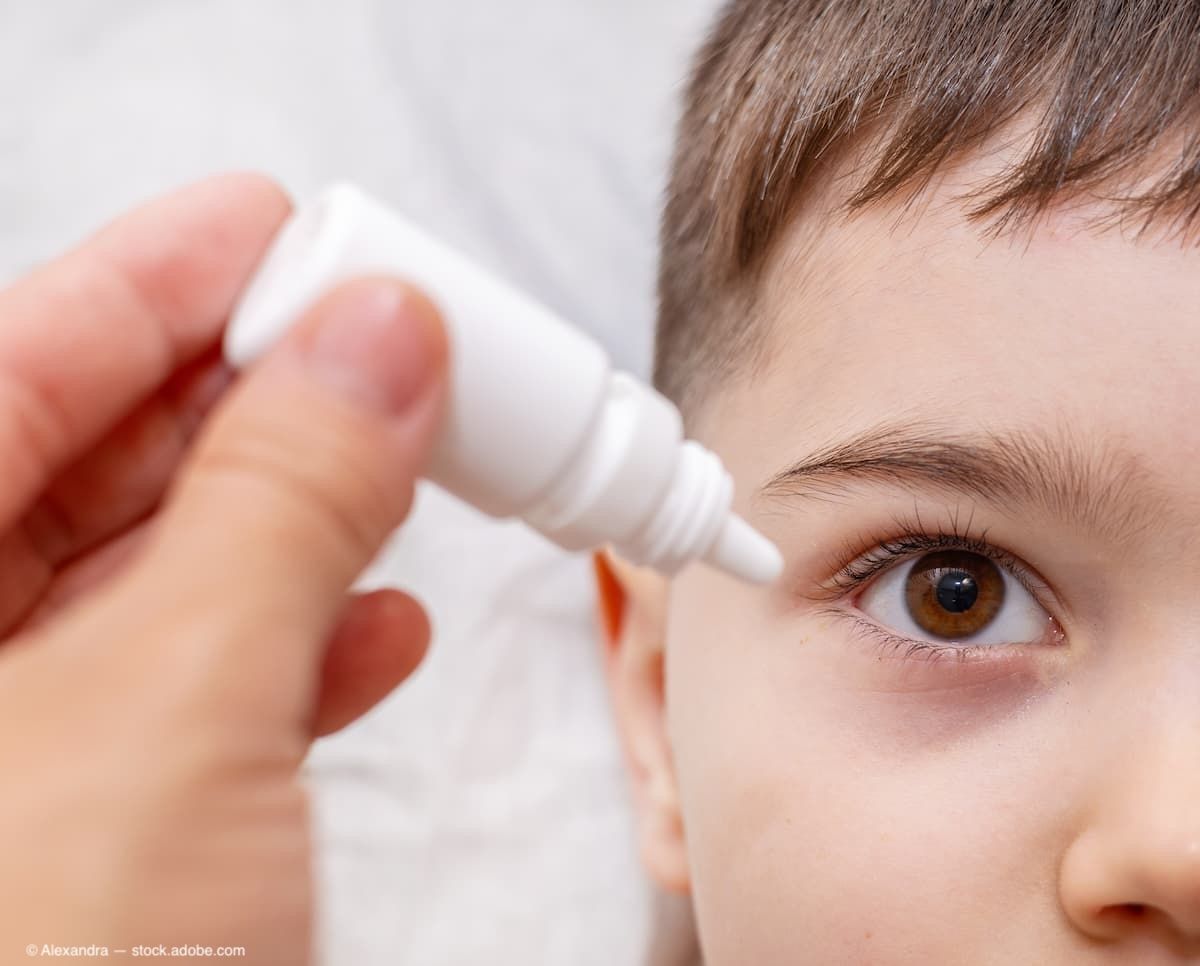Article
Innovator in small pupil management recognized with Binkhorst Medal
At the 2006 ASCRS Film Festival, Dr. Malyugin, professor of ophthalmology and deputy director, S. Fyodorov Eye Microsurgery Institution, Moscow, received the first-place award in the instruments/devices category for his video, “Russian solution to small-pupil phaco and tamsulosin floppy-iris syndrome,” that presented the pupil expansion ring he designed for atraumatic management of the small pupil.
“The small pupil is a big problem for cataract surgeons, increasing the risk of complications that include iris trauma, capsular rupture, vitreous loss, and inflammation,” said Boris D. Malyugin, MD, PhD.
At the 2006 ASCRS Film Festival, Dr. Malyugin, professor of ophthalmology and deputy director, S. Fyodorov Eye Microsurgery Institution, Moscow, received the first-place award in the instruments/devices category for his video, “Russian solution to small-pupil phaco and tamsulosin floppy-iris syndrome,” that presented the pupil expansion ring he designed for atraumatic management of the small pupil.
At the 2017 ASCRS meeting, Dr. Malyugin was honored for his pioneering innovation and other contributions by being selected as the recipient of the Binkhorst Medal. His lecture, which was titled “Cataract surgery in small pupils: building the bridge over troubled waters,” provided a review of strategies for small pupil management.
Calming the waters
As he discussed the features and benefits of the new version of his pupil expansion ring, the Malyugin Ring 2.0, Dr. Malyugin noted, “So now the troubled waters of cataract surgery will be calm and safe for the patient and cataract surgeon.”
Through a series of videos, Dr. Malyugin demonstrated the use of techniques for addressing insufficient pupil dilation, including intracameral mydriatic medications, posterior synechiolysis, pupillary membranectomy, and microsphincterotomy. Turning to a discussion of mechanical techniques, he noted that iris hooks were historically the first devices to be widely used in small pupil cataract surgery. As a major drawback, however, the hooks could cause significant trauma to iris tissue as a result of creating a square pupil configuration.
“Given a square and a circle with the same diameter, the square exerts more stress on the surrounding tissue because it has a longer periphery,” Dr. Malyugin explained. “This brings us to the story of the rings.”
Story of the rings
Story of the rings
Dr. Malyugin said that his inspiration for using coiled scrolls to capture the pupil margin came from the haptic design of an IOL that used such elements as a tissue retaining mechanism for catching the intact anterior capsulorhexis edge in eyes with a ruptured posterior capsule. As described by Dr. Malyugin, one of the major advantages of his ring is that it provides 8 points of iris retention that allow for controlled tissue stretching of the tissue with minimal trauma while preserving the circular contour of the pupil.
The device is inserted into the anterior chamber with the help of a dedicated injector. The distal and both lateral scrolls engage the iris, and after the proximal scroll is released from the injector, it is engaged with the help of a sideport manipulator. When the surgery is done, the device is removed with the insertor and the pupil constricts spontaneously.
Dr. Malyugin credited Larry Laks, president, MicroSurgical Technology for bringing the Malyugin Ring to market and making it available for surgical practice.
“This is an example to show that positive, mutually beneficial interactions between physicians and industry are possible,” Dr. Malyugin said. “I believe they are crucial for driving innovation in health care and bringing innovation to market that ultimately benefit our patients.”
Noting developments since his device was first introduced, Dr. Malyugin said that in 2014, it reached the landmark of being used in 1 million cataract patients around the world.
In addition, he mentioned improvements and design modifications in the injectors and other instruments used for ring manipulation, and he recognized Robert Osher, MD, for his work in this area.
Innovations leading to other innovations
Innovations lead to other innovations
Stating that innovation occurs in cycles and that great innovations are a launching point for other innovations, Dr. Malyugin described the second generation Malyugin Ring 2.0 that became available in 2016. Compared with the original version, the Malyugin Ring 2.0 is made of a thinner material, 5-0 polypropylene vs. 4-0 polypropylene, is more flexible and used with a new injector. It is easier to insert, able to pass through a smaller, 2.0 mm incision, and gentler to the iris.
“With these innovations, the ring can be used in a wider variety of clinical situations,” said Dr. Malyugin, mentioning applications of the pupil expansion ring in cases of femtosecond laser cataract surgery.
Newsletter
Don’t miss out—get Ophthalmology Times updates on the latest clinical advancements and expert interviews, straight to your inbox.




